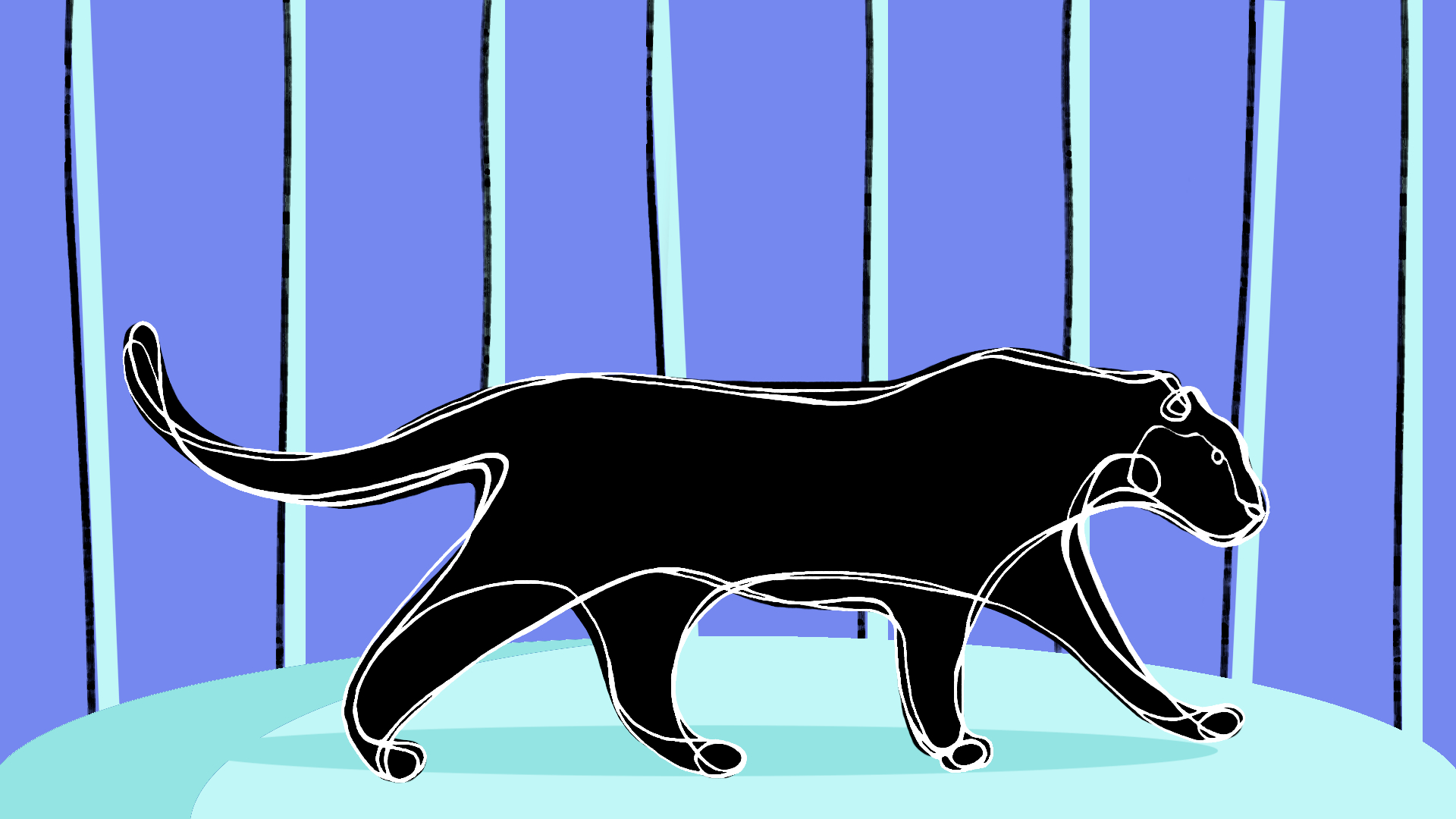
Photo courtesy of Grace Cameron
I Want You to Read The Idiot
Grace Cameron
May 28, 2021
“Writers appear to be trying to identify as many concrete entities as possible, in the fewest possible words.”
—Elif Batuman, Short Story & Novel
This year, my favorite book is The Idiot. I’m not referring to the Russian tome I’ll one day bully myself into reading, but to the near 500-page book by Elif Batuman. The Idiot is about an awkward Harvard freshman to whom absolutely nothing happens. There is virtually no action in the book, little drama, few discernable conflicts, and no real character growth. So far, my evangelizing has been effective on both my partner and my best friend. The reviews are mixed: my partner liked it and my best friend warned me to never again recommend a book so boring.
This essay by Batuman has been rattling in my head ever since I read it. The directive to buck the accepted literary standard of brevity seems, to someone who has been charged thousands of dollars to be told to be more concise, downright scandalous. It feels like advice given by a novelistic giant, sitting atop a throne of decades of accolades and widespread veneration, like offhandedly recommending that you only date people who have pursued you for a minimum of three months. It doesn’t feel applicable.
“The directive to buck the accepted literary standard of brevity seems, to someone who has been charged thousands of dollars to be told to be more concise, downright scandalous.”
Unlike a return to old school courtship however, Batuman’s suggestion is neither anachronistic nor relevant to only a niche audience. While her novel has been successful among New York Times types and humanities students, she is far from a household name or consistent literary darling. If the suggestion came from Joan Didion or the late David Foster Wallace, it would be easier to dismiss as a well-intended piece of non-transferable advice. But The Idiot is Batuman’s first novel, not her fiftieth.
I loved the book because it felt like reading an unremarkable person’s journal, who poorly navigates through feelings and situations too mundane to be ineffable but nevertheless difficult to convey. The Idiot reads like a love letter to writing, one that isn’t blinded to its fundamental flaws or significant margin of error.
“The Idiot reads like a love letter to writing, one that isn’t blinded to its fundamental flaws or significant margin of error.”
The novel’s main thread is the relationship between the protagonist, Selin, and a guy she met in Russian class, Ivan. The crux of their relationship is the intimate and undefined nature of their regular email exchange. They exchange long, pretentious emails discussing linguistics, abstract mathematics, and their Russian class. Their correspondence resembles a bizarre mixture of diary entries and half-baked grant proposals. They rarely acknowledge or respond to what the other writes, yet the mutual reinforcement of their beliefs that they each have unique and fascinating theories about language and people propagates a quasi-connection that is as affective as it is confusing.
The novel is verbose and boring. Batuman shows us how writing builds complex and meaningful relationships and then, with as much care and sardonic retrospection, how those relationships painfully deform off the page (or in Batuman’s novel, the screen). The substance of the novel is in Selin’s head, in the way she writes and rewrites her life and the people she knows. It’s the repetition that gets to you; reading exchange after exchange of ultimately meaningless emails from a guy who cares more about making sure his idea comes across than he does about the person it’s coming across to.
My partner and my best friend hated Ivan very quickly, it took me until my second read through. Batuman inundates the reader with absolutely pointless and mundane details, offhand comments about a supposed emotional affair between tertiary characters, the marginalia that we never come back to. The book could be described, arrogantly and in earnest, as an extended analysis of marginalia. Both structurally and narratively, The Idiot lingers on the inconsequential realities of (slowly) becoming a grown-up, stubbornly following every observation to its logical conclusion.
“The novel is verbose and boring. Batuman shows us how writing builds complex and meaningful relationships and then, with as much care and sardonic retrospection, how those relationships painfully deform off the page (or in Batuman’s novel, the screen).”
Although I’ve written a jacket quote taken directly from a publisher’s worst nightmare, I love this book and stand firm in my conviction that everyone should read it. There is no sense of embarrassment for the book’s length and lack of satisfaction. Batuman argues that “the single greatest obstacle to American literature” is “guilt,” writers’ internalized belief “that all writing is self-indulgence” (Batuman n+1). The Idiot is not a bound and published account of navel-gazing, the product of an extended vacation taken by someone with the privilege to ‘just’ write. Her words are there on purpose and warrant neither apology nor explanation.
Grace Cameron is a graduating student at U of T majoring in English and Women and Gender Studies with a minor in Equity Studies. She is a lifelong resident of Toronto living in Little Portugal who loves biking around Toronto’s numerous parks. In the fall, she’ll be starting a Masters in Women and Gender Studies at U of T.


